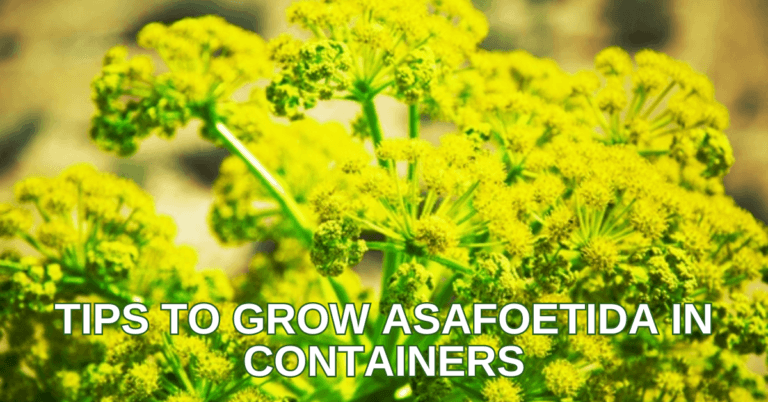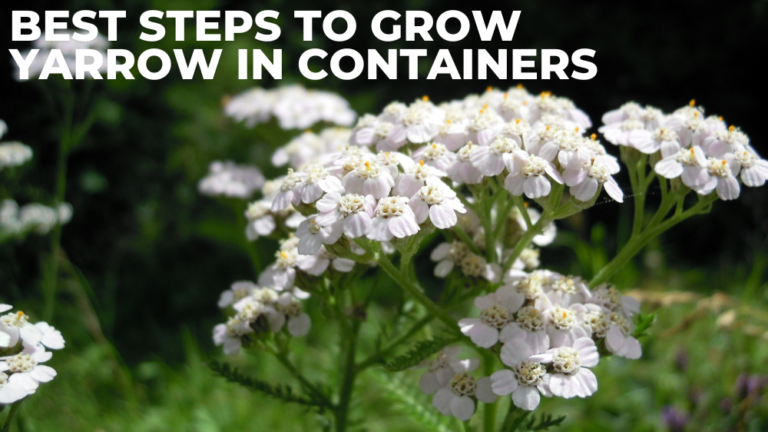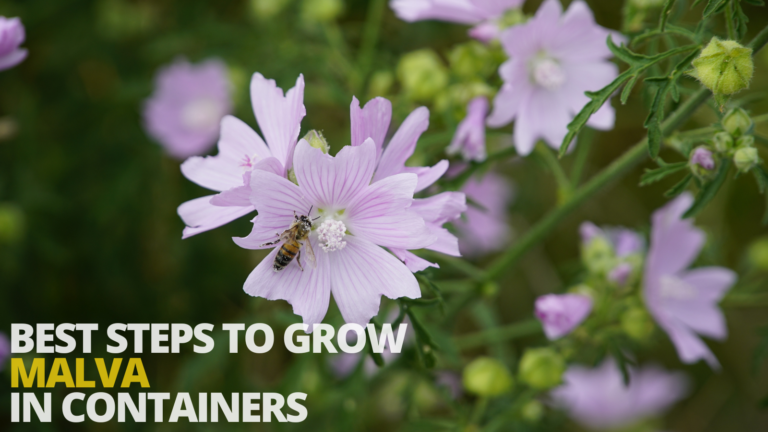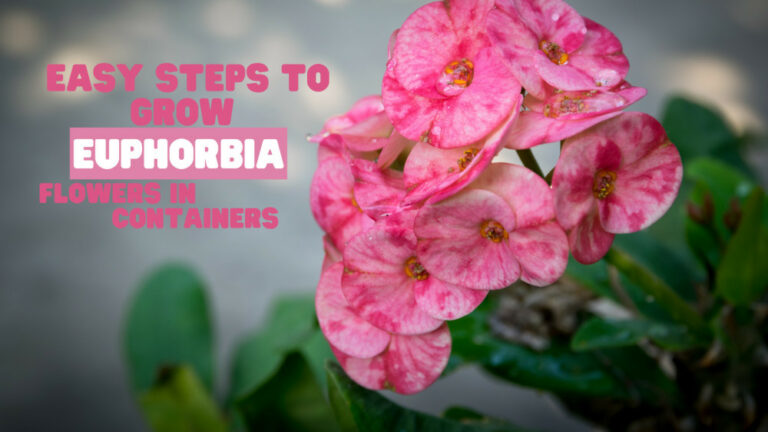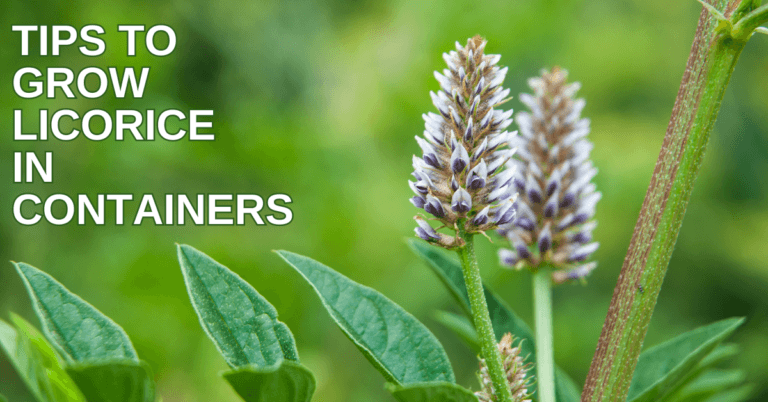Best Tips To Grow Snowdrops In Containers
Best Tips To Grow Snowdrops In Containers
Snowdrops enchant the winter garden with their delicate, bell-shaped flowers and early emergence.
While traditionally planted in the ground, growing snowdrops in containers offers a versatile and charming alternative for gardeners with limited space or those seeking to showcase these lovely blooms up close.
This article will explore expert tips for growing snowdrops in containers and offer guidance on nurturing these dainty flowers in a confined environment.
This guide will give you the skills and assurance to grow gorgeous snowdrops in containers and enjoy their delicate beauty all winter, whether you're an experienced gardener looking to broaden your skill set or a novice ready to take on a new horticultural adventure.
Come along as we explore the joy of bringing some early spring to your doorstep—even in winter—and learn the secrets of growing snowdrops in containers.
Benefits Of Growing Snowdrops In Containers
Growing snowdrops in containers offers several benefits, making it a delightful and practical choice for gardeners. Here are some advantages:
1. Limited Space Flexibility
Containers provide an ideal solution for gardeners with limited space. They allow you to cultivate snowdrops on balconies, patios, or windowsills, bringing their enchanting beauty to small or unconventional gardening spaces.
2. Precise Control Over Growing Conditions
Containers enable precise control over soil composition, drainage, and sunlight exposure, allowing you to create optimal conditions for snowdrop growth. This is particularly advantageous for species that may have specific soil preferences.
3. Easy Mobility
Container gardening offers the flexibility to move snowdrop displays to different locations, ensuring you can showcase these delicate flowers in prime spots or protect them from extreme weather conditions as needed.
4. Prevention Of Overcrowding
Snowdrops can multiply rapidly, and containers help prevent overcrowding. This allows you to manage the spread of the bulbs more effectively, ensuring each plant has ample space to thrive.
5. Extended Visual Enjoyment
Containers bring snowdrops closer to eye level, allowing for a more intimate and detailed appreciation of their intricate blooms. This elevated visibility enhances the enjoyment of their delicate beauty during the winter months.
6. Seasonal Variety
Containers allow you to showcase snowdrops strategically, creating seasonal focal points that bring interest and charm to different areas of your garden or outdoor space.
7. Protecting Vulnerable Varieties
Some snowdrop varieties may benefit from the protection offered by containers, especially in regions with harsh winters.
Containers can be moved to sheltered locations, providing a layer of insulation and safeguarding the plants from extreme weather conditions.
8. Ease Of Maintenance
Container gardening often simplifies maintenance tasks, making it easier to care for snowdrops.
Monitoring soil moisture, fertilization, and pest control becomes more manageable in a contained environment.
By harnessing the advantages of container gardening, you can enjoy the beauty of snowdrops in a way that suits your space, style, and specific gardening needs.
Exploring The Tips To Grow Snowdrops In Containers
Cultivating snowdrops in containers can be rewarding, bringing the delicate beauty of these winter blooms to smaller spaces.
Here are some tips to help you successfully grow snowdrops in containers:
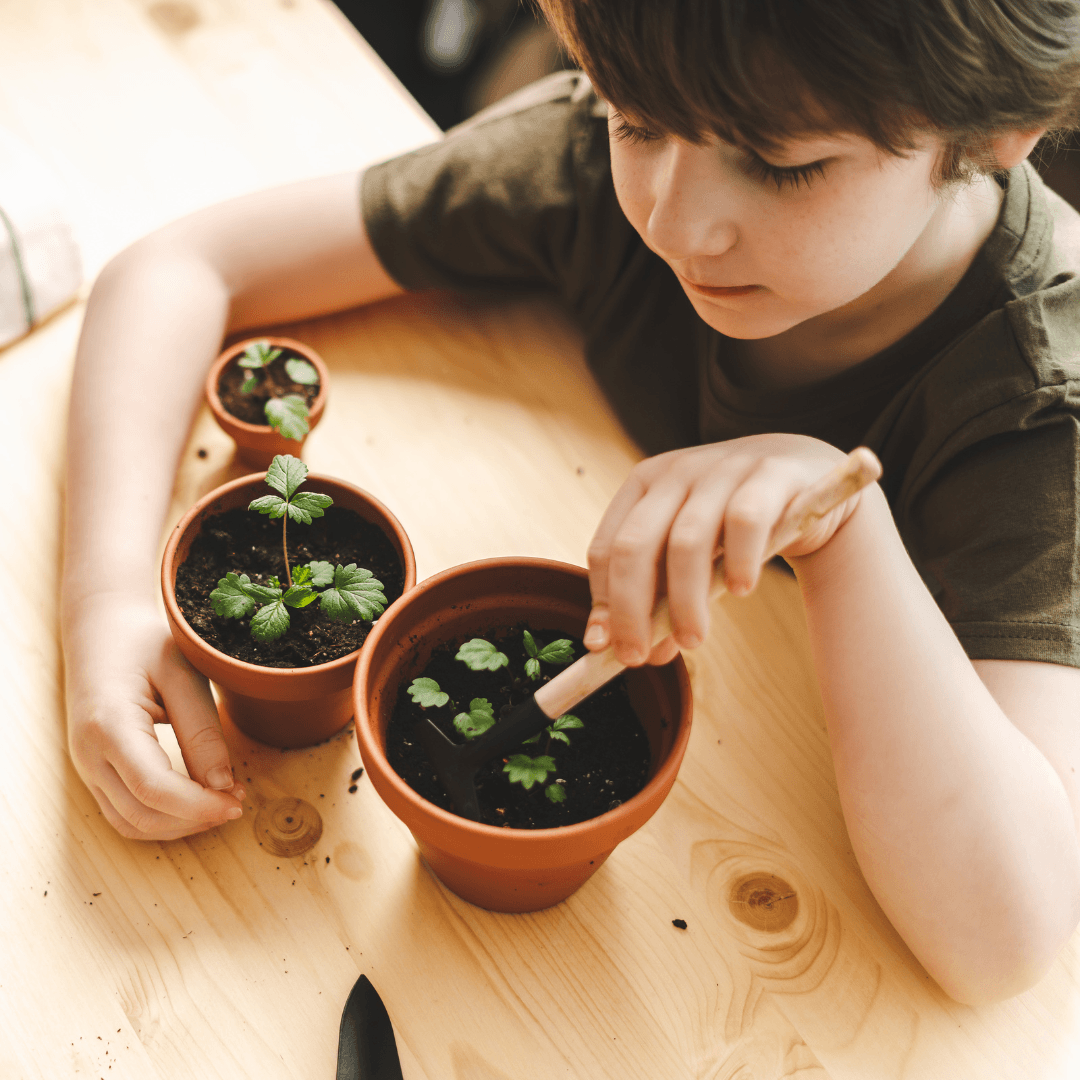
1. Select The Right Container To Grow Snowdrops
The right container is critical in cultivating snowdrops. Opt for containers that prioritize good drainage to prevent waterlogging, a common issue that can adversely affect bulb health.
Terra cotta and plastic pots are excellent choices, allowing for proper airflow and moisture regulation.
The material of the pot influences temperature moderation, benefiting the bulbs during fluctuating weather conditions.
Ensure the chosen containers have sufficient width to accommodate multiple snowdrop bulbs comfortably.
This creates an aesthetically pleasing display and prevents overcrowding, allowing each bulb ample space to thrive.
Additionally, the depth of the container should be considered to support proper root development.
Snowdrop roots can extend deeply, and a sufficiently deep container encourages robust growth.
By thoughtfully selecting containers with these characteristics, you create an optimal environment for your snowdrops, promoting healthy development and enhancing the success of growing these charming winter blooms in a confined space.

2. Use Well-Draining Potting Mix For Snowdrops Plants
Choosing a well-draining mix is crucial to nurturing healthy, thriving container snowdrops. It is advisable to select a potting mix designed specifically for bulbs or container gardening, ensuring it promotes proper drainage.
A mix enriched with perlite or sand enhances drainage capabilities, preventing water from accumulating around the snowdrop bulbs.
This is essential in mitigating the risk of saturated conditions, which can lead to detrimental consequences such as root rot.
Including perlite or sand in the potting mix facilitates water drainage and promotes aeration, creating an environment conducive to optimal root health.
Emphasizing a well-draining potting mix is one of the fundamental tips for growing snowdrops in containers.
It establishes the essential balance between moisture provision and prevention of potential water-induced issues, creating an environment conducive to their flourishing.
By prioritizing a well-draining potting mix, you set the foundation for successful snowdrop cultivation in containers, fostering an environment where these delicate winter blooms can flourish.
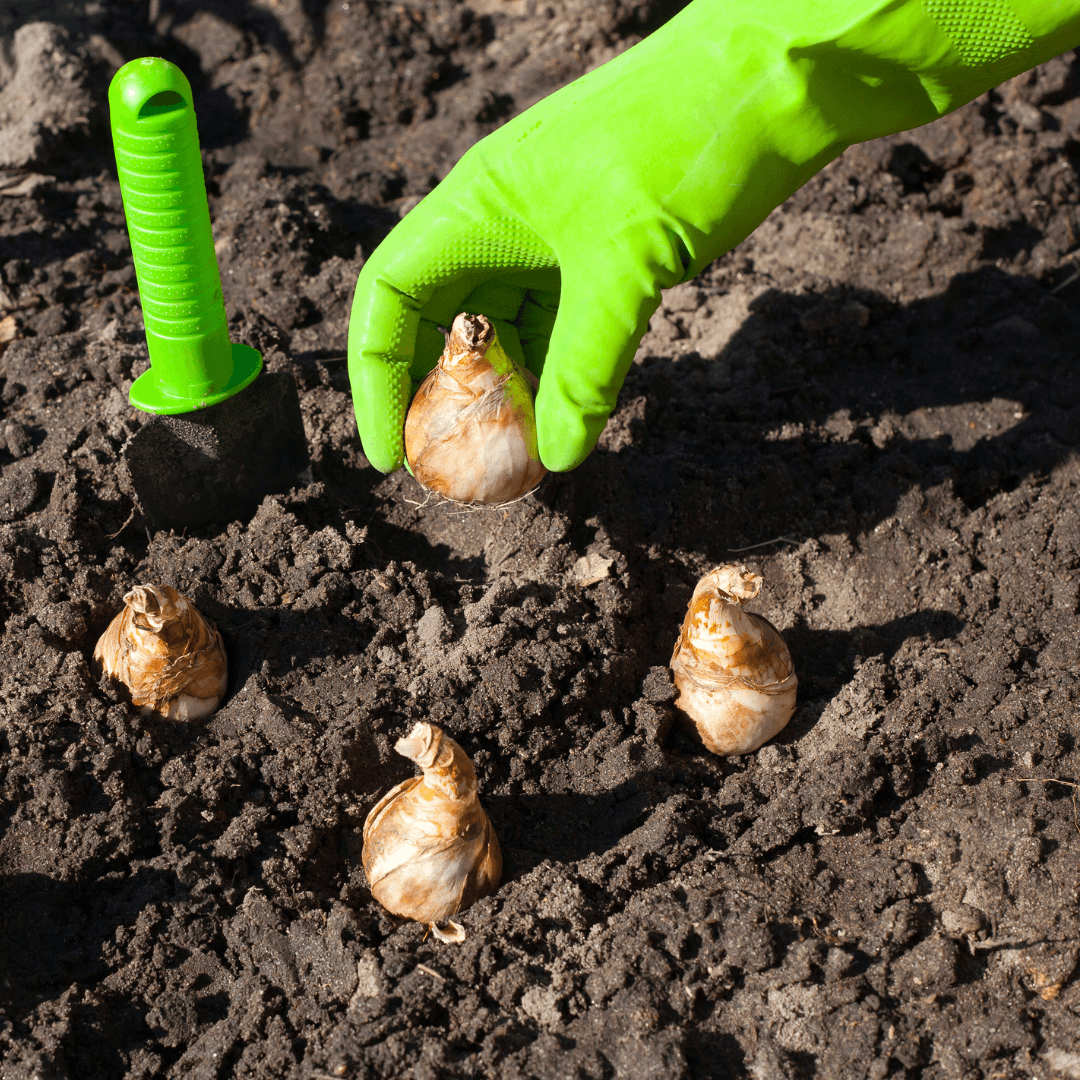
3. Plant Snowdrop Bulbs At The Right Depth
Planting snowdrop bulbs at the correct depth is essential for their successful container growth and development.
The recommended planting depth for snowdrop bulbs is typically 2 to 3 inches. When planting, it's crucial to ensure that the pointed end of the bulb faces upwards, as this is where the stem will emerge.
Place the bulbs at the appropriate depth to provide the necessary insulation and stability while allowing easy access to soil nutrients and moisture. When planting in containers, space the bulbs close together but not touching.
This arrangement creates a natural, clustered appearance, mimicking how snowdrops grow in their native habitat.
The clustered planting also enhances the container display's visual appeal, creating a charming and cohesive arrangement of delicate blooms.
Adhering to the recommended planting depth and spacing guidelines will give your snowdrop bulbs the best possible start, setting the stage for a beautiful, thriving container garden filled with enchanting winter flowers.

4. Provide Adequate Sunlight For Snowdrop Plants
Regarding essential tips for growing snowdrops in containers, it is crucial to emphasize the need for adequate sunlight and strategic positioning in areas with spotty sunlight or morning sun.
This mimics their natural habitat and fosters optimal growth for healthy foliage and abundant blooms.
While snowdrops prefer partial shade to full sunlight, striking the right balance when positioning your containers is essential.
Aim to place them in an area where they receive dappled sunlight or morning sun, as these conditions mimic snowdrops' natural habitat and promote optimal growth.
Dappled sunlight refers to the filtered light that passes through overhead foliage, creating gentle patches of sunlight on the ground below.
This type of light is ideal for snowdrops, as it provides sufficient energy for photosynthesis without subjecting the plants to the intense heat of direct afternoon sunlight, which can be too harsh.
By selecting a location that offers the right amount of sunlight exposure, you create an environment where snowdrops can thrive, producing healthy foliage and abundant blooms.
Place your containers in your garden or outdoor space according to the sun's patterns to ensure the longevity and well-being of your snowdrop plants.
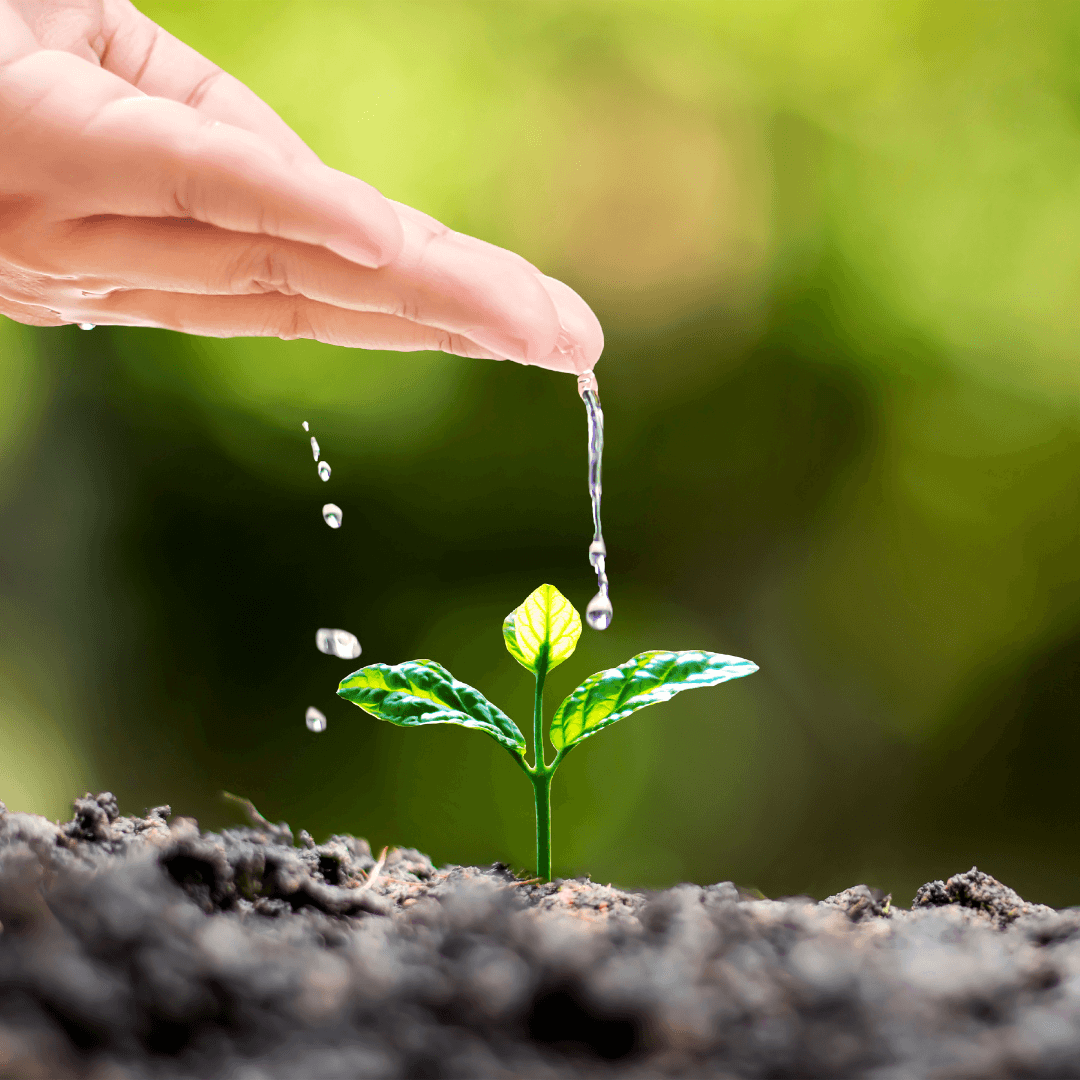
5. Watering Container Snowdrops
Effective watering is key to nurturing healthy and vibrant container snowdrops. Keeping the soil consistently moist throughout the growing season promotes optimal growth.
A careful balance must be kept to avoid waterlogging, which can result in root rot and other negative effects. Watering the snowdrops when the top inch of soil appears dry to the touch is a good practice.
This allows you to gauge the moisture levels accurately and avoid overwatering, which is especially important given that snowdrops prefer well-draining soil. Adjusting the watering frequency based on weather conditions is essential.
The soil may dry out more rapidly during increased heat or lower humidity, necessitating more frequent watering.
Conversely, in cooler or more humid conditions, moderation in watering is advised to prevent excessive moisture.
By attentively managing the moisture levels, you create an environment conducive to snowdrop flourishing, ensuring they receive the appropriate hydration for robust growth and abundant flowering.
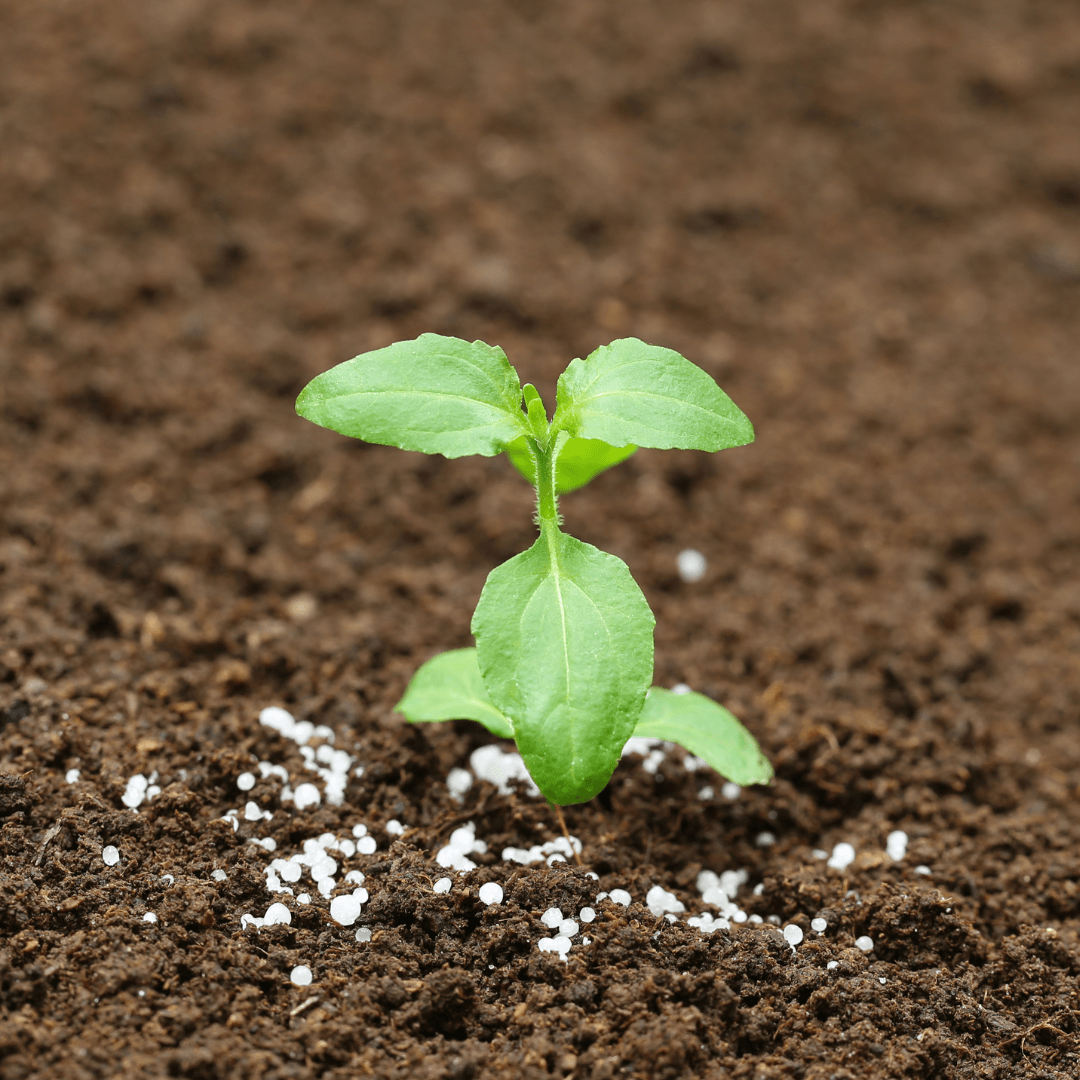
6. Fertilization Of Snowdrops In Containers
When considering tips to grow snowdrops in containers, approach fertilization judiciously. If the soil is nutrient-poor, opt for a balanced, slow-release fertilizer in early spring.
This ensures modest nutrient supplementation that supports overall plant health without risking over-fertilization.
In nutrient-rich soil, snowdrops can thrive without the need for additional fertilization. However, if the soil is deemed nutrient-poor, a judicious application of a balanced, slow-release fertilizer becomes relevant.
Early spring, when the plants are in their active growth phase, is the best time to fertilize.
Choosing a fertilizer with balanced proportions of nitrogen, phosphorus, and potassium (NPK) ensures that essential macronutrients are provided in a manner that supports overall plant health.
Adhere to recommended application rates and avoid over-fertilizing, as snowdrops have relatively modest nutritional requirements.
Careful consideration of the soil composition and the plant's visual cues can guide the decision to fertilize, allowing you to strike a harmonious balance that fosters healthy snowdrop growth and ensures the longevity of these enchanting winter blooms in containers.
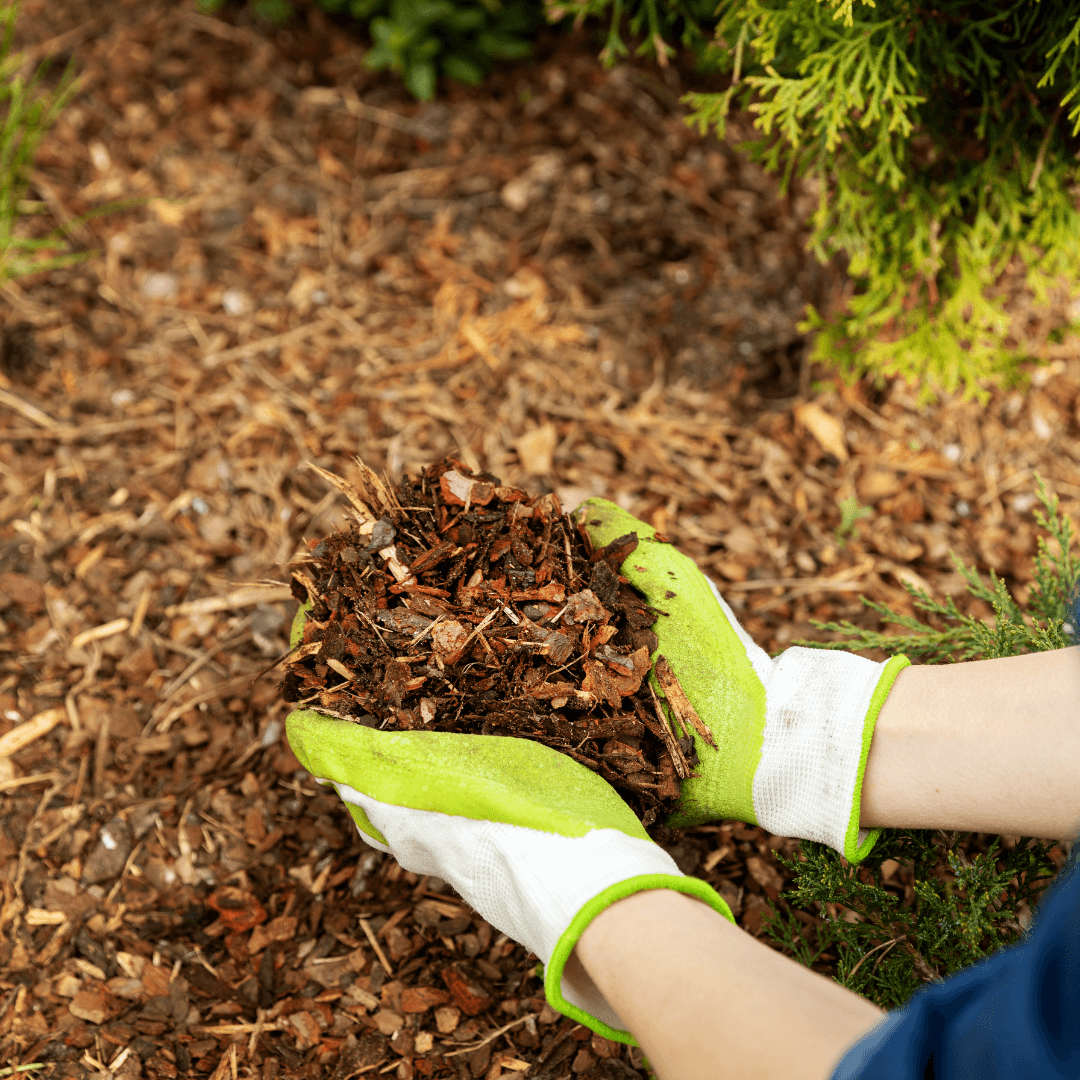
7. Mulching Of Snowdrops In Containers
Mulching around containers hosting snowdrops is a beneficial practice contributing to these winter blooms' overall health and vitality.
Applying a layer of mulch serves as a protective barrier, offering multiple advantages. One significant benefit is retaining soil moisture, particularly during increased evaporation or drought.
Mulch acts as a moisture regulator, reducing watering frequency and providing a more stable environment for snowdrop roots.
Additionally, mulching aids in regulating soil temperature, acting as an insulator during colder months.
This protective layer mitigates temperature fluctuations, shielding the snowdrop bulbs from potential frost damage.
Using organic materials such as shredded bark or compost for mulching enhances the containers' aesthetic appeal. It contributes to gradually improving soil structure and fertility as the mulch decomposes.
By incorporating mulching into your snowdrop container gardening routine, you create a conducive environment that supports the resilience and well-being of these delicate winter flowers, ensuring their sustained beauty throughout the seasons.
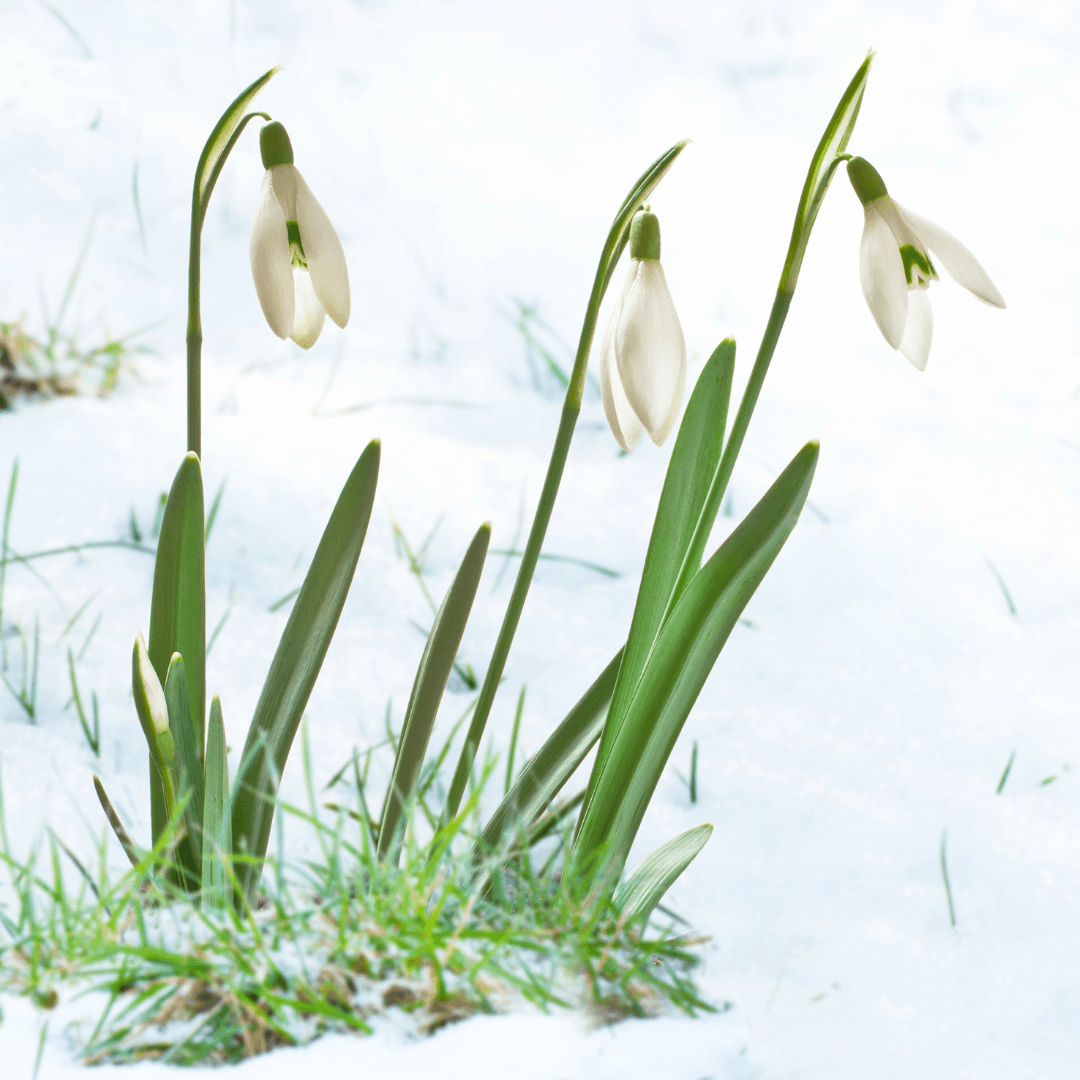
8. Protect Snowdrops From Extreme Weather
When considering tips to grow snowdrops in containers, prioritize shielding them from extreme weather by relocating to a sheltered location or covering them with insulating materials to prevent freezing and ensure continued health and blooming potential.
When severe winter weather looms, such as freezing temperatures and harsh conditions, it is advisable to relocate the containers to a sheltered location.
This may involve moving them to a garage, shed, or covered area, shielding the bulbs from the biting cold and intense winds.
Alternatively, covering the containers with insulating materials such as burlap or frost blankets provides additional protection against extreme conditions.
This protective action prevents the snowdrop bulbs from freezing, damaging them and hindering their ability to bloom.
It's important to be proactive in monitoring weather forecasts and taking preventative measures promptly.
By implementing these protective strategies, you ensure the resilience of your container-grown snowdrops, allowing them to thrive and grace your garden with their delicate beauty even in the face of challenging winter weather.
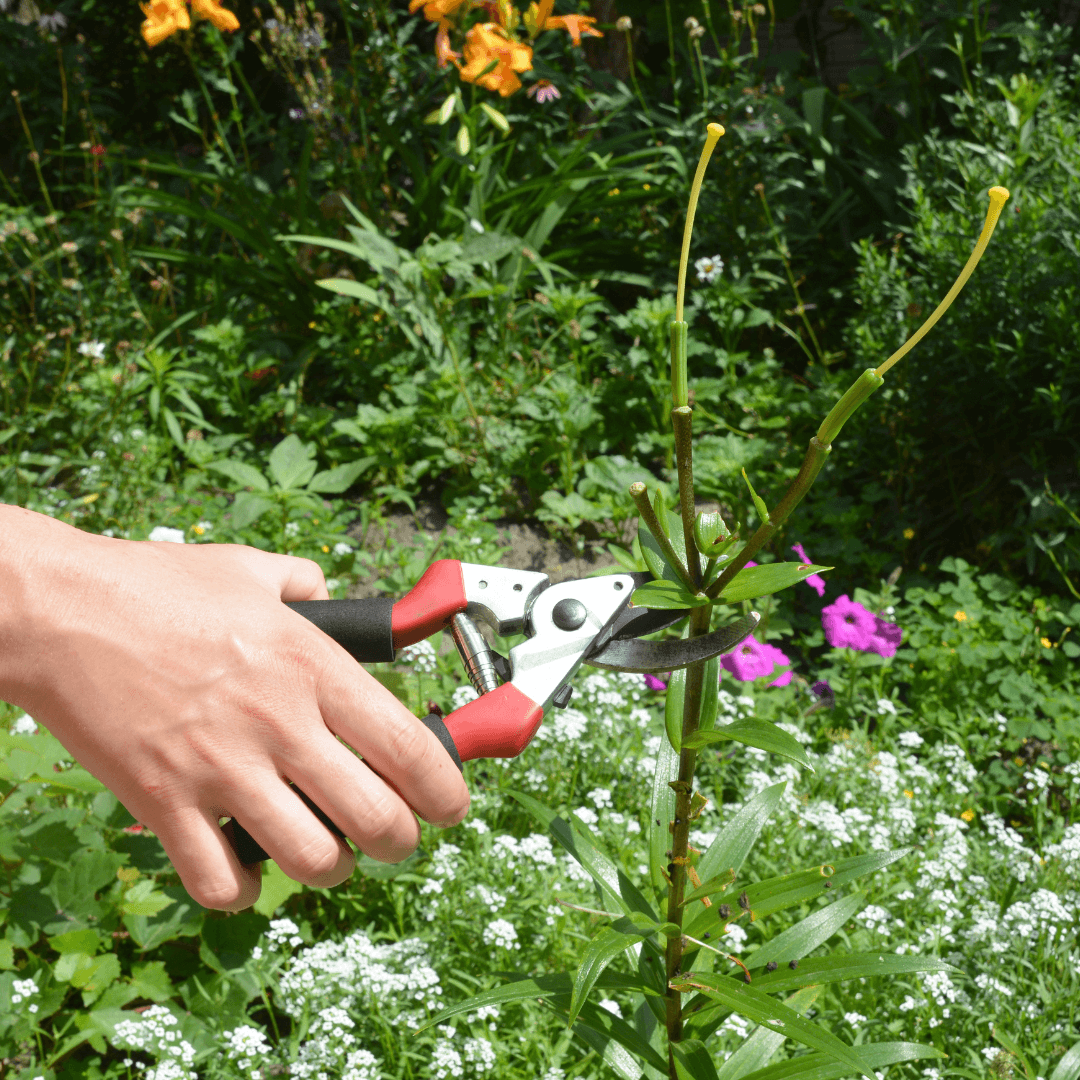
9. Deadheading Of Snowdrop Flowers
Removing faded flowers is a strategic and beneficial technique for cultivating thriving snowdrops within containers.
By diligently removing spent blooms, you redirect the plant's energy from seed production toward developing robust bulbs.
Snowdrops naturally tend to divert resources into seed formation, which can diminish the energy available for bulb growth—deadheading interrupts this process, promoting a more vigorous and prolific bulb development cycle.
Removing faded flowers enhances the container's overall aesthetic appeal, maintaining a tidy and visually pleasing appearance.
Timing is crucial; deadhead as soon as the flowers begin to fade but before seed formation occurs.
This encourages the plant to channel its efforts into fortifying the bulbs for the subsequent growing season.
Deadheading is a simple yet effective means of ensuring container-grown snowdrops' continuous health and prolific flowering, fostering a cycle of renewal and vitality for these enchanting winter blooms.
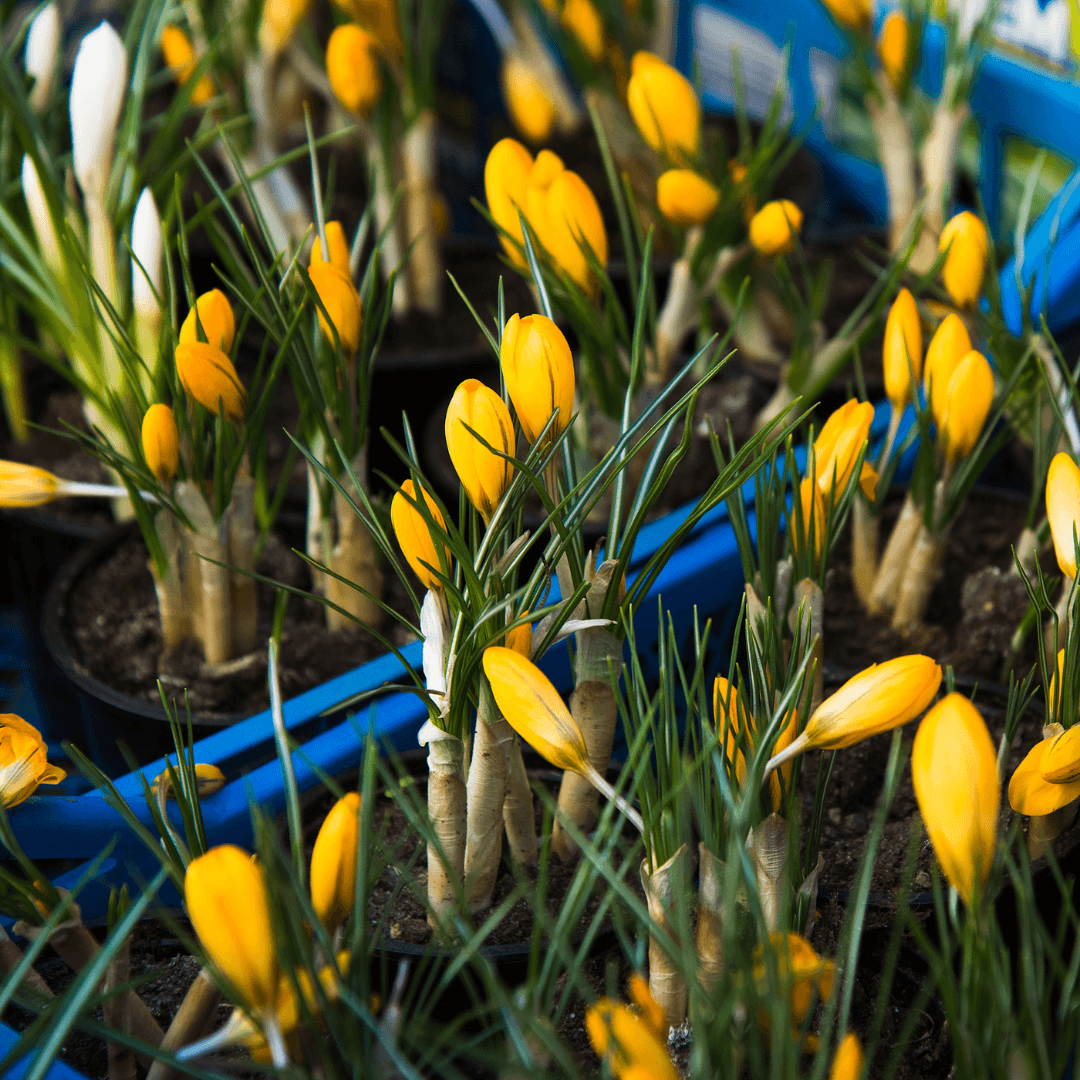
10. Companion Planting Snowdrops
Companion planting snowdrops with other early bloomers can elevate the visual appeal of your container display, creating a harmonious and diverse arrangement that captivates throughout the winter season.
When strategically combining snowdrops with fellow early bloomers such as crocuses or winter pansies, you enhance the aesthetic allure and extend the interest period of your container garden.
The juxtaposition of different textures, colours, and shapes contributes to a visually dynamic composition, transforming your containers into captivating focal points.
Snowdrops, with their delicate, nodding white blooms, can complement the vibrant hues of crocuses or the charming faces of winter pansies.
This thoughtful combination ensures that as one set of blooms fades, another emerges, maintaining a continuous display of colour and beauty.
Moreover, these companion plants' varying heights and growth habits add layers and depth to the container, creating a picturesque and well-balanced scene.
Consider each plant's light and soil preferences to ensure compatibility with thoughtful companion planting. Your winter container garden can become a captivating tapestry of early-season blooms.
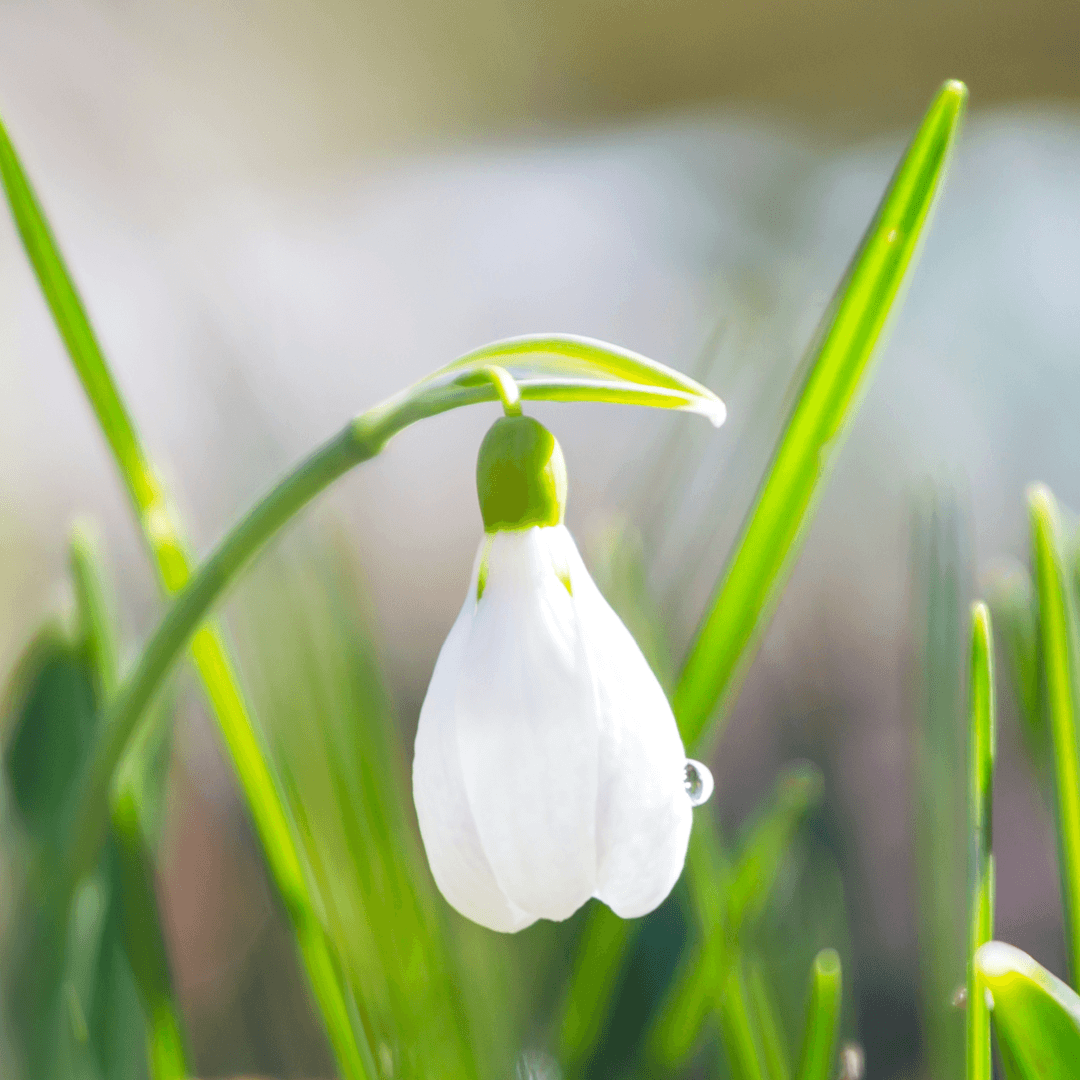
11. Monitor The Snowdrops In Containers For Pests And Diseases
Vigilant monitoring for pests and diseases is crucial for the overall health and longevity of snowdrops in containers.
When adhering to tips to grow snowdrops in containers, emphasize the critical importance of monitoring pests and diseases, conducting regular inspections, and promptly addressing issues. This will ensure the overall health and longevity of these delicate winter blooms.
Pests such as slugs can threaten the delicate foliage of snowdrops, and their presence should be promptly addressed.
Slug deterrents, such as copper tape or diatomaceous earth, can be applied to the containers to create a protective barrier.
Also, checking for disease signs, such as fungal infections, is essential. Look for yellowing leaves, which may indicate potential issues.
If any problems are detected, swift and targeted action should be taken. Applying appropriate treatments or employing natural predators or deterrents in the case of pests can help mitigate the impact on the snowdrops.
Adopting a proactive pest and disease management approach ensures that your container-grown snowdrops remain robust and vibrant.
This will allow these enchanting winter blooms to grace your garden with their delicate charm for future seasons.
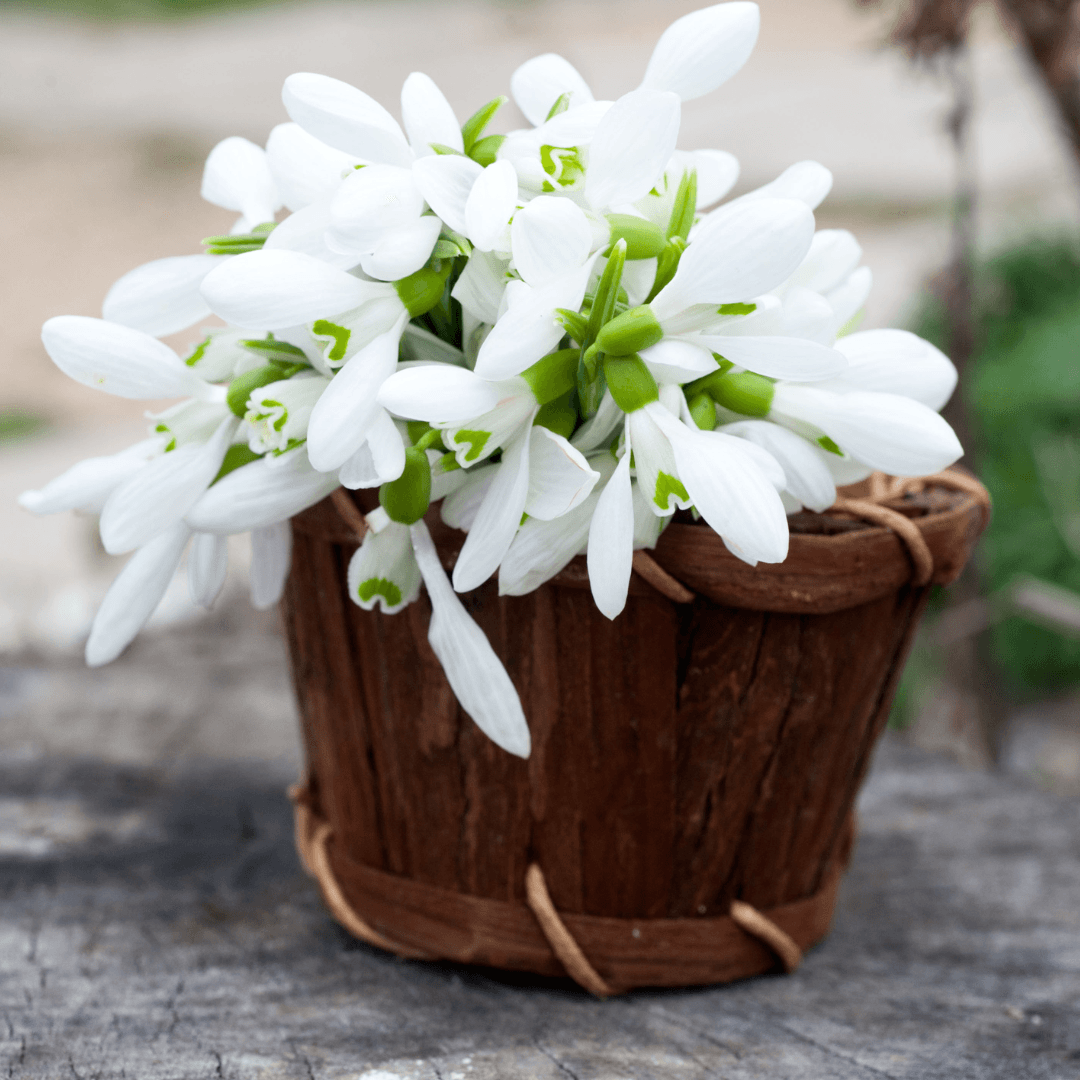
12. Harvesting And Arranging Of Snowdrop Flowers
Harvesting and arranging snowdrops for indoor displays is a delightful way to extend the charm of your winter garden into your home.
When the snowdrops are in full bloom, consider carefully cutting a few stems to create small indoor arrangements.
Their delicate, nodding blooms add a touch of elegance and simplicity to any setting. You can place them in small vases or glass containers, allowing their slender stems to be showcased.
Arranging snowdrops alongside other winter blooms or greenery can enhance the overall aesthetic.
Displaying these indoor arrangements in living spaces, dining areas, or even on windowsills allows you to appreciate their beauty up close. It brings a touch of nature indoors during the winter months.
Harvesting a few snowdrops for indoor arrangements allows you to enjoy their delicate beauty inside and encourages you to observe and appreciate the intricacies of these charming winter flowers. This creates a connection between the outdoor garden and the cozy ambiance of your home.
Conclusion
Cultivating snowdrops in containers is a rewarding endeavour that brings the enchantment of winter blooms to even the smallest gardening spaces.
These essential tips for growing snowdrops in containers guarantee a visually captivating container garden, ensuring the successful growth and flourishing of these delicate winter blooms even in confined gardening spaces.
Embracing these tips ensures a visually captivating container garden and allows you to savour the beauty of snowdrops throughout the winter.
Whether you're a seasoned gardener or a novice with limited space, growing snowdrops in containers allows you to create a stunning display that celebrates the resilience and grace of these early-blooming treasures.
With a little care and attention, your container garden can become a haven for the delicate allure of snowdrops, making the winter months truly magical.
I trust you enjoyed this article on the Best Tips To Grow Snowdrops In Containers. Please stay tuned for more blog posts soon. Take care!
JeannetteZ
>>>Please click here to read my all-inclusive article about Container Gardening<<<
>>>Are you interested in homegrown herbs and medicine? Please click here to find out more about it!<<<
Your Opinion Is Important To Me
Do you have thoughts, ideas, or questions? I would love to hear from you. Please leave me your questions, experiences, and remarks about this Best Tips To Grow Snowdrops In Containers article in the comments section below. You can also reach me by email at Jeannette@Close-To-Nature.org.
Disclosure
This post may contain affiliate links. As an Amazon Associate and other affiliate programs, I earn from qualifying purchases at no extra cost to you. Please read my full affiliate disclosure.
You might also enjoy these blog posts:
Best Tips To Grow Slippery Elm In Containers
Best 10 Tips For Managing Stress
Interesting Facts About Turkeys



